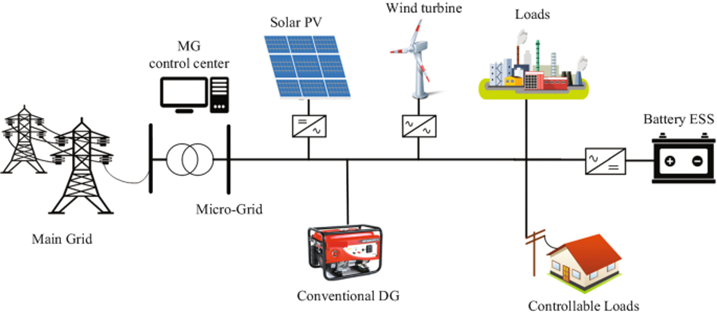Found 52 results
Open Access
Review
02 September 2024A Review on the Application of Nanomaterials to Boost the Service Performances of Carbon-Containing Refractories
To meet the high-quality requirements for clean steel production and fully exploit the performance advantages of carbon-containing refractories, nanomaterial has been introduced into the matrix to develop advanced carbon-containing refractories. Nanomaterials, as critical additives, play a crucial role in developing novel refractories. The service performances of carbon-containing refractories are affected not only by their physical and chemical properties but also by their microstructure. This review provides a comprehensive overview of the latest research on oxide-carbon composite refractories containing nanomaterials, categorized by their composition: nanocarbons, nano oxides, and nano non-oxides. Incorporating nanomaterials can enhance the service performances of the refractories, optimizing phase composition and microstructure. Furthermore, future research directions in nanomaterial technology for carbon-containing refractories are discussed.
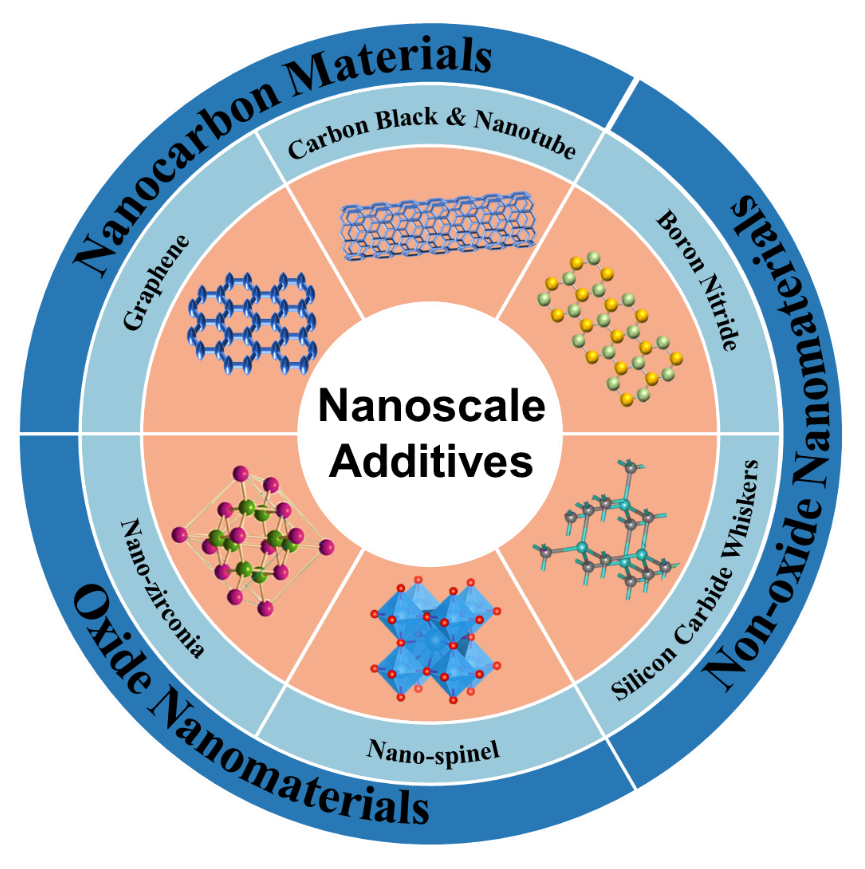
Open Access
Article
07 August 2024Airway Serous Cells: A Comparative Study of Spatial Distribution and Abundance among Species
The conducting airways of the respiratory system play a crucial role in filtering, humidifying, and directing air into the lungs. Among the specialized cell types within these airways, airway serous cells are notable for their secretion of watery, protein-rich fluids and enzymes, which contribute to maintaining airway surface liquid homeostasis and defending against pathogens. However, the distribution and abundance of serous cells across different species in the conducting airways remain poorly understood. In this study, we addressed this gap by investigating the spatial distribution of the airway serous cell-specific marker BPI fold containing family A member 1 (BPIFA1) in humans, pigs, and mice. Our findings demonstrate significant variations in the distribution and abundance of serous cells among these species, potentially reflecting their different respiratory anatomy and evolutionary adaptations to diverse environmental challenges and respiratory demands. In humans and pigs, airway serous cells are predominantly found in the submucosal glands of the trachea and segmental bronchi, frequently overlapping with lysozyme-positive secretory cells. In contrast, rodents like mice exhibit a distinct pattern where serous cells are scarce in submucosal glands. Instead, rodent serous cells are primarily located at the epithelial surface from the trachea to the main bronchi, where many co-express the Club cell-specific protein SCGB1A1. The abundance of serous cells diminishes progressively in the intrapulmonary airways. Given that rodent models are widely utilized in respiratory research, understanding anatomical and cellular differences in airway serous cells is critical for interpreting experimental outcomes and translating findings to human respiratory diseases and therapeutic strategies. This comparative analysis enhances our understanding of airway biology across species and informs the selection and interpretation of animal models in respiratory studies.
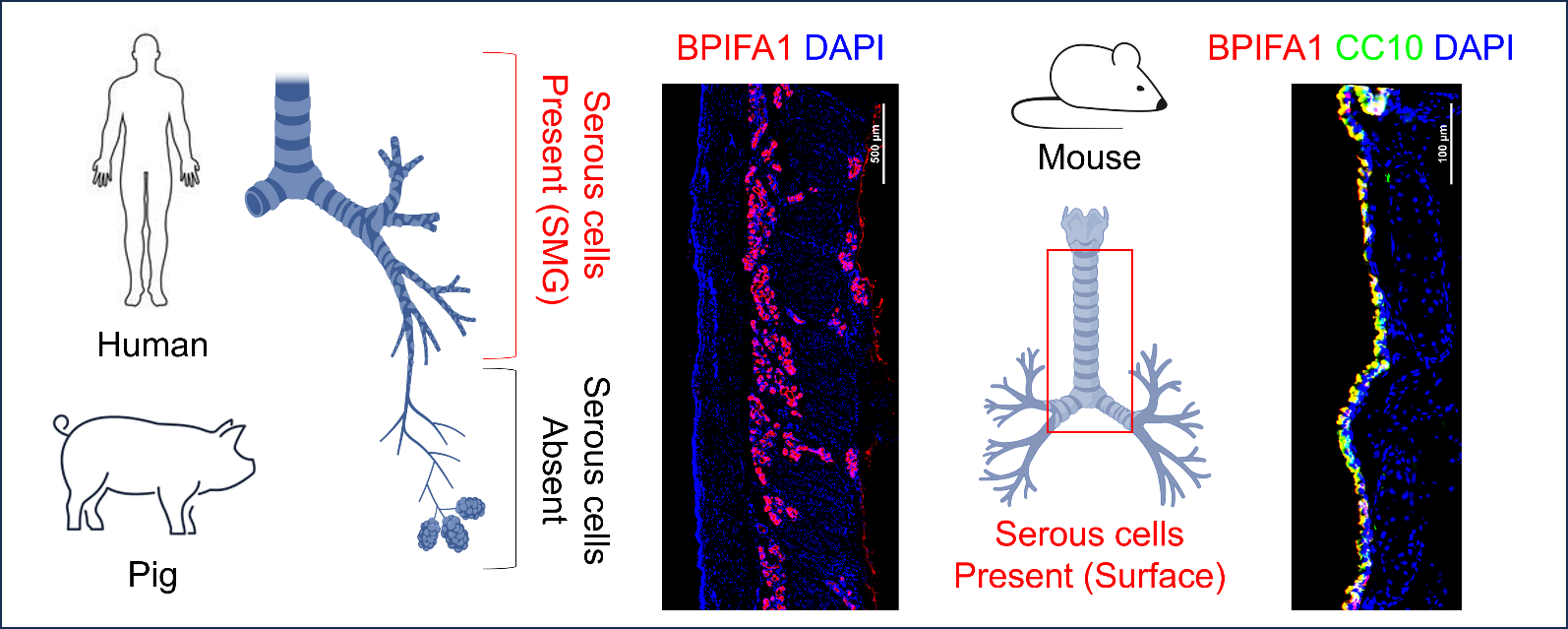
Open Access
Article
24 June 2024Sulforaphane’s Nuclear Factor Erythroid 2-Related Factor 2 (Nrf2)-Dependent and -Independent Mechanism of Anti-SARS-CoV-2 Activity
It is well established that Nrf2 plays a crucial role in anti-oxidant and anti-inflammatory functions. However, its antiviral capabilities remain less explored. Despite this, several Nrf2 activators have demonstrated anti-SARS-CoV-2 properties, though the mechanisms behind these effects are not fully understood. In this study, using two mouse models of SARS-CoV-2 infection, we observed that the absence of Nrf2 significantly increased viral load and altered inflammatory responses. Additionally, we evaluated five Nrf2 modulators. Notably, epigallocatechin gallate (EGCG), sulforaphane (SFN), and dimethyl fumarate (DMF) exhibited significant antiviral effects, with SFN being the most effective. SFN did not impact viral entry but appeared to inhibit the main protease (MPro) of SARS-CoV-2, encoded by the Nsp5 gene, as indicated by two protease inhibition assays. Moreover, using two Nrf2 knockout cell lines, we confirmed that SFN's antiviral activity occurs independently of Nrf2 activation in vitro. Paradoxically, in vivo tests using the MA30 model showed that SFN's antiviral function was completely lost in Nrf2 knockout mice. Thus, although SFN and potentially other Nrf2 modulators can inhibit SARS-CoV-2 independently of Nrf2 activation in cell models, their Nrf2-dependent activities might be crucial for antiviral defense under physiological conditions.
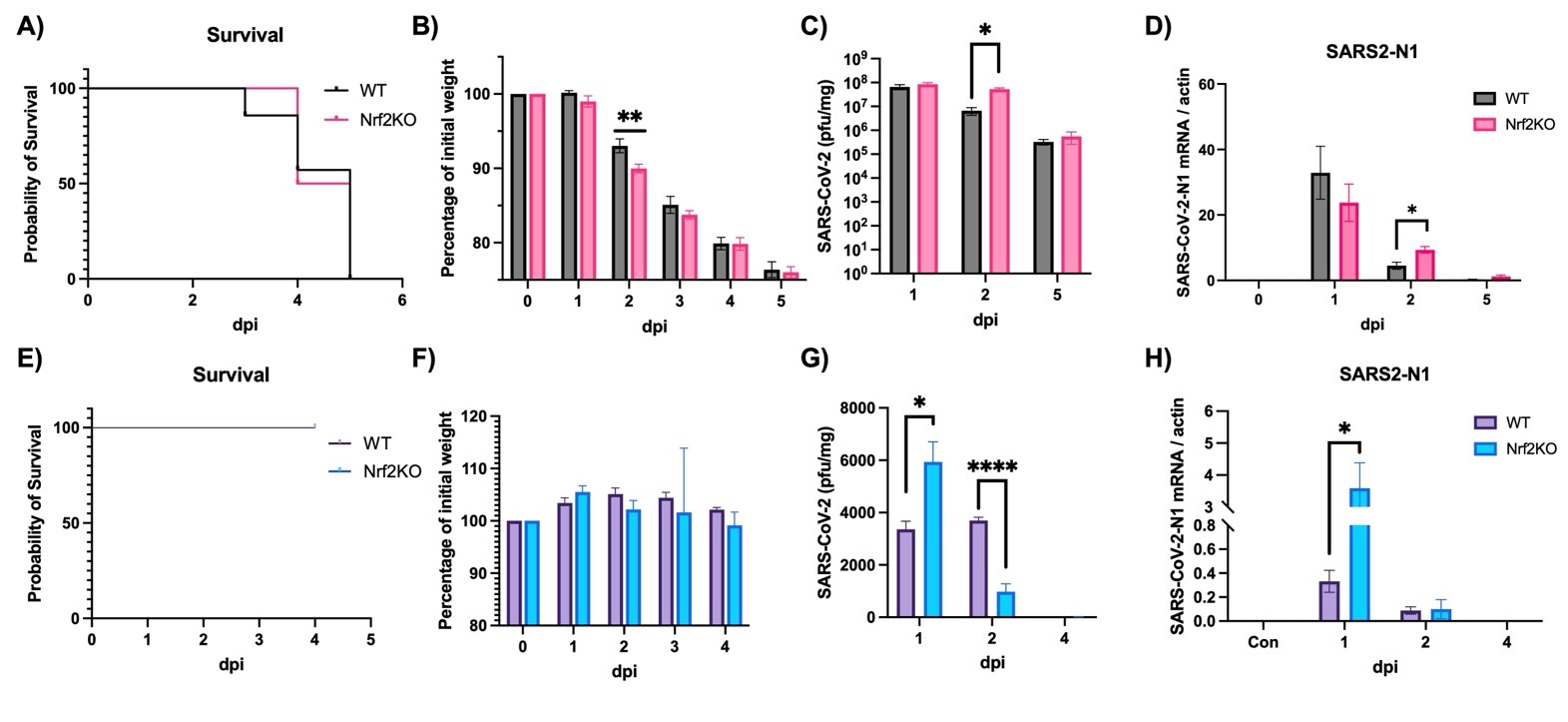
Open Access
Article
13 June 2024Optimizing Performance and Design Simulation of a 100 KW Single Rotor Horizontal Axis Wind Turbine
As wind energy becomes increasingly vital in global energy strategies, optimizing wind turbine design is essential. This research focuses on the development of a 100 kW single rotor horizontal axis wind turbine (HAWT) tailored to meet the energy needs of Jamshoro, Pakistan. The turbine design leverages SolidWorks for structural modeling and is validated through comprehensive simulations using ANSYS and Q-Blade. Operating at an optimal wind speed of 6.9 m/s, the turbine achieves maximum efficiency, as indicated by the highest power factor. This efficiency translates to an estimated power output of approximately 100 kW, suitable for common household consumption. The study integrates regional climatic data and wind conditions to enhance turbine performance and durability. The findings offer a sustainable energy solution for Jamshoro, contributing to Pakistan’s renewable energy infrastructure and addressing local energy demands effectively. The focus of this study will be Jamshoro, a region in Pakistan as a case study. The software simulations will consider a variety of elements, including as wind speeds, variable loads, and environmental factors unique to the chosen region (Jamshoro). This research proposes a sustainable solution for addressing the energy demands in Jamshoro by integrating accurate data based on software analysis with real-world concerns, adding to the larger goal of developing sustainable sources of energy in Pakistan.
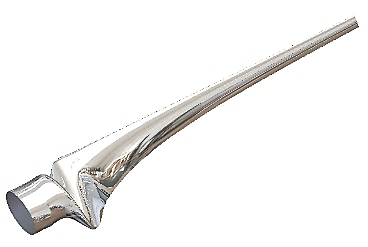
Open Access
Article
04 June 2024Investigating and Analyzing the Impact of a Bidirectional Multiport Power Electronic Transformer Interface on the Power Quality and Stability of Interconnected Microgrids
This paper investigates the potential benefits of a bidirectional multi-port power electronic transformer (MPPET) to interface multiple microgrids with utility distribution networks in terms of power quality and stability. The main concept is based on the interaction between the utility grid, the connected microgrids, and the MPPET in controlling the disturbances that lead to grid instability and power quality issues. The proposed MPPET does not require any serious communication infrastructure for operation. In addition, the MPPET can respond to reverse power flow caused by excess power generation on the grid. Due to the intermittent nature of the renewable energy sources and the different stages involved in the design of the proposed MPPET, the system is liable to internal DC voltage fluctuation, causing grid instability; thus, an energy storage system (ESS) is incorporated to avert the challenges. The networks under investigation and the proposed MPPET are designed and simulated using MATLAB and Simulink software. The electrical isolation capability of the proposed bidirectional MPPET is verified through simulation. Several case studies have been carried out to evaluate the behavior of the system under different operating conditions and to check the feasibility of MPPET for power quality improvements. It was observed that the MPPET is proficient in regulating power quality issues, thus enhancing grid stability. It is also varied that the proposed MPPET prevents the escalation of the impact of faults or disturbances all over the grid. At the same time, it is verified that the proposed bidirectional energy storage systems enhance energy transfer between the utility grid and microgrids, which improves the system’s stability.
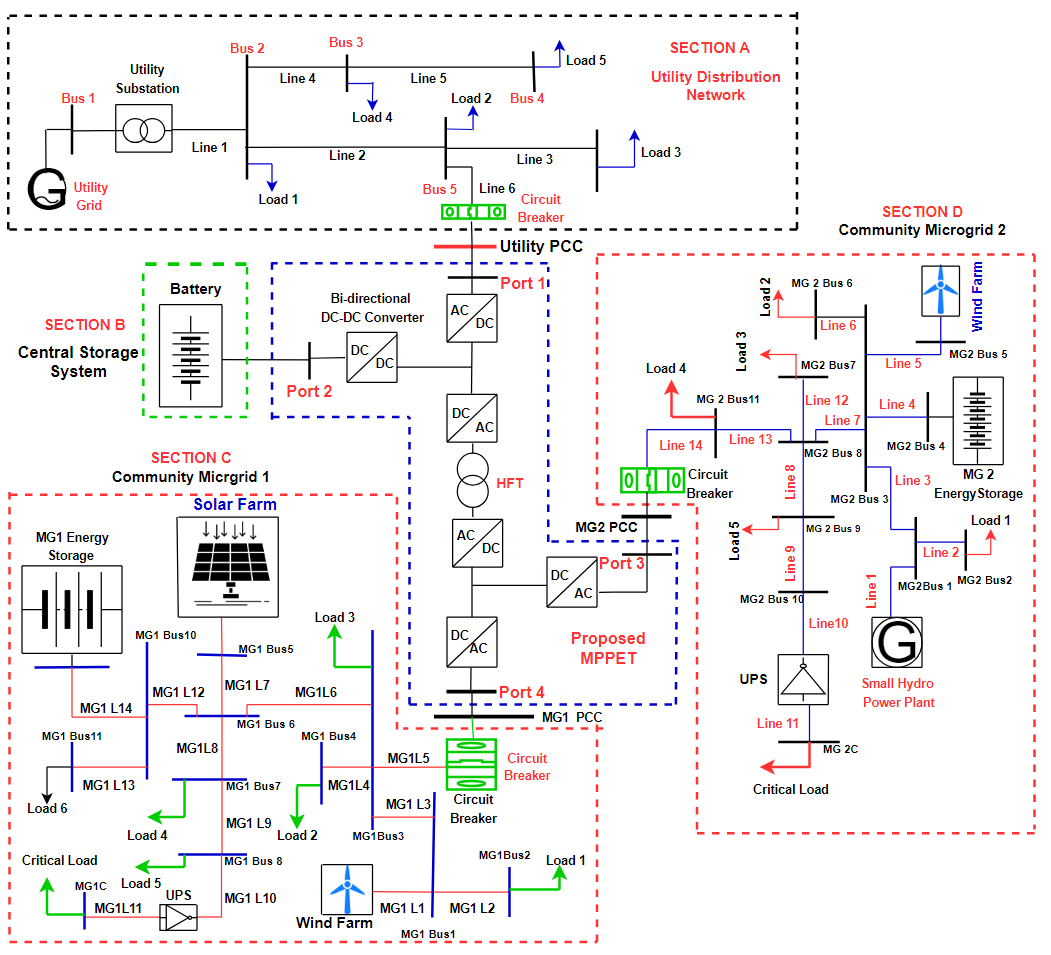
Open Access
Article
17 April 2024Thermogravimetric Study of the Oxidation Behavior of the Cantor’s Alloy at 1000 °C and Beyond
A polycrystalline Cantor alloy, equimolar in Co, Cr, Fe, Mn and Ni, was cast. It was subjected to oxidation in a thermo-balance in a flow of synthetic dry air, at 1000, 1050, 1100 and 1150 °C. The mass gain was globally parabolic but rather irregular. The parabolic constants, ranging from 55 to 700 × 10−12·g2·cm−4·s−1, are much higher than for a chromia-forming alloy. They obey an Arrhenius law with an activation energy equal to 270 kJ/mol. The external oxide scales formed are composed of an outer part made of manganese oxide and an inner part made of (Cr, Mn) oxide containing a thin internal layer of chromia. The Mn and Cr-depleted depths and the Mn and Cr masses lost by the alloy increase with the oxidation temperature. Cr-rich acicular particles precipitated in subsurface at 1100 °C and internal oxidation along the grain boundaries are present in the whole thickness of the sample oxidized at 1150 °C. Oxide spallation occurred during the cooling, at temperatures in the 200–350 °C range, only for the alloys oxidized at 1050 and 1100 °C. Not too thick scale (1000 °C) or deep internal oxidation (1150 °C) may be favorable for scale adherence.
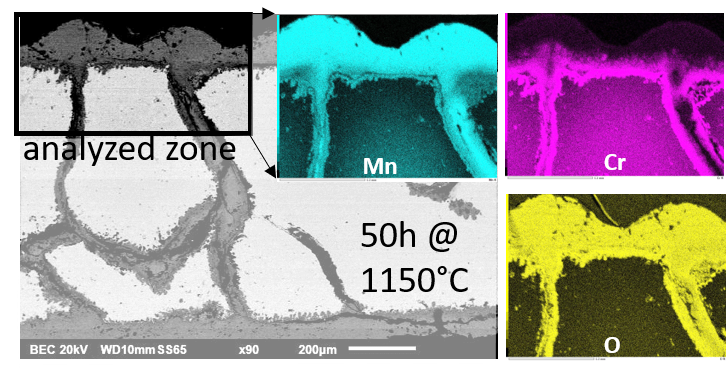
Open Access
Review
27 March 2024Research Progress on Electrolyte Additives for Sodium Ion Batteries
In view of the gradual depletion of lithium resources, sodium-ion batteries (SIBs) have emerged as a viable alternative to lithium-ion batteries (LIBs). This is primarily attributed to their comparable operational principles and abundant reserves of sodium resources. As an essential component of the secondary battery, the electrolyte is of paramount importance in the functioning of SIBs, and the electrode-electrolyte interface constructed by it affects the battery performance. Adding electrolyte additives in LIBs is a low-cost and efficient method that can enhance the performance of the electrolyte and the interface between the electrode and electrolyte. This method is also applicable to SIBs. Therefore, in this study, we provide a comprehensive overview of various electrolyte additives, including but not limited to carbonate additives, sulfur-containing additives, silicon-containing additives, phosphorus-containing additives and inorganic additives. We extensively analyze the impact of these additives on the electrode-electrolyte interface and the electrochemical performance of SIBs. The purpose of this review is to comprehensively evaluate the current status of electrolyte additives in SIBs, which serves as both a basic overview of the existing situation and a practical guide for selecting suitable additives for practical applications of SIBs.
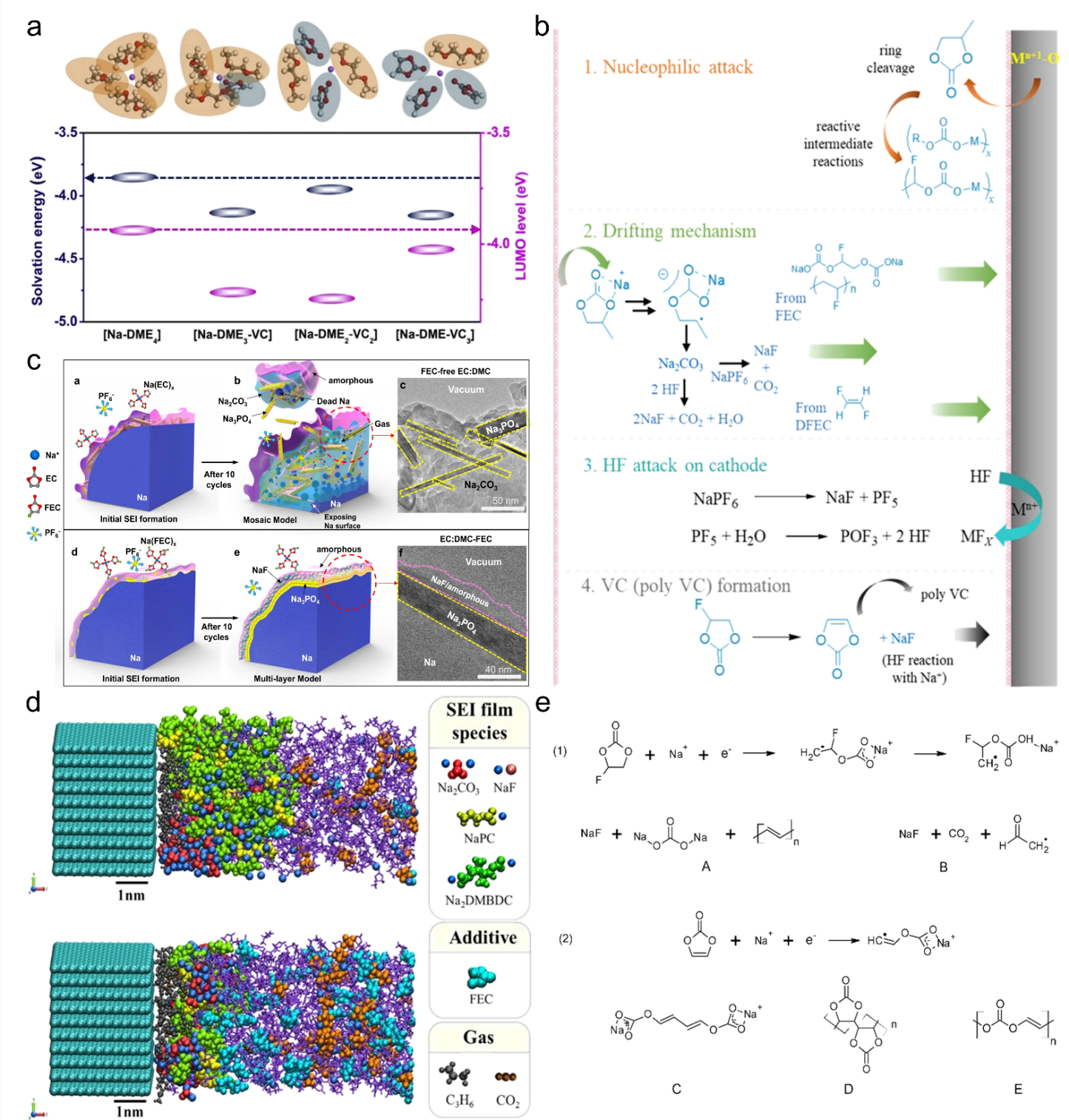
Open Access
Article
23 February 2024Influence of Separation Gap on the Performance of Savonius Hydrokinetic Turbine
Despite that ocean current energy is one of the promising sources of electricity produced in the ocean, the development of ocean current energy is far behind compared to other ocean energy due to the low efficiency and high cost of installation and maintenance. Among many converting devices, the Savonius turbine has been proven to be effective and competitive in harnessing ocean current energy. The primary purpose of the present study is to search for the optimum shape of a Savonius rotor based on CFD simulation (Star-CCM+). A Savonius turbine composed of two rotating cup-shaped rotors is selected as a numerical model. We focus on the effect of two geometry parameters such as the overlap and gap ratio on the power coefficient. Throughout the parametric study, the shape of a Savonius rotor affects the power performance, and two geometry parameters with an overlap ratio of 0.15 and a gap ratio of −0.03 are found to be the optimum design. It demonstrates stable performance within the wide TSR (Tip Speed Ratio) range of 0.6 to 1.6, with the maximum power coefficient Cp of 0.34 achieved at a TSR of 0.8. According to the numerical results based on the new CFD model, the presence of a bottom wall does not significantly affect the performance of a Savonius turbine. It means that the present unbounded CFD model can be acceptable in the initial design stage for the determination of the geometry parameters of a Savonius turbine.
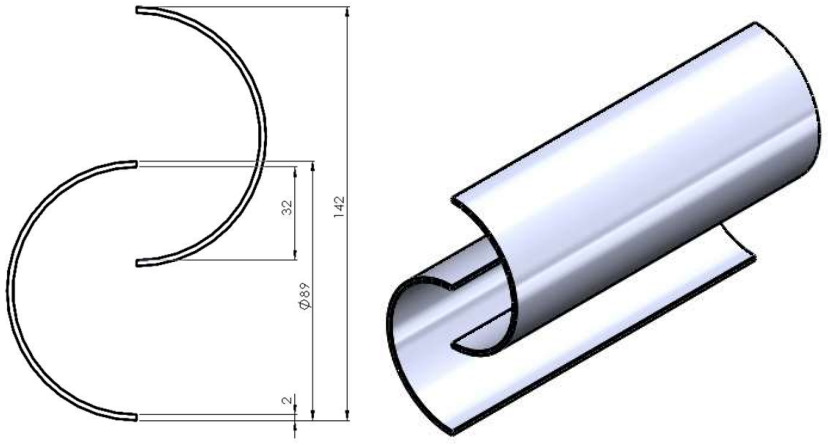
Open Access
Article
27 November 2023Enhancing the Monitoring Protocols of Intermittent Flow Rivers with UAV-Based Optical Methods to Estimate the River Flow and Evaluate Their Environmental Status
Temporary streams are a key component of the hydrological cycle in arid and semi-arid regions, but their flow is highly variable and difficult to measure. In this paper, we present a novel approach that could be used to assess the flow of temporary streams this allowing to characterize their environmental status. Specifically, we apply the Image Velocimetry (IV) method to estimate surface velocity in temporary streams using Unmanned Aerial Vehicles (UAVs) equipped with optical sensors (IV-UAV method). The IV-UAV method enables the easy, safe and quick estimation of the velocity on the water’s surface. This method was applied in different temporary streams in Lesvos Island, Greece. The results obtained indicate that the IV-UAV can be implemented at low discharges, temporary streams and small streams. Specifically, the water depth ranged from 0.02 m to 0.28 m, while the channel width ranged from 0.6 m to 4.0 m. The estimated surface velocity ranged from 0.0 to 5.5 m/s; thus, the maximum water discharge was 0.60 m3/s for the largest monitored stream of the island. However, there were many occasions that measurements were unable due to various reasons such as dense vegetation or archaeological sites. Despite of this, the proposed methodology could be incorporated in optical protocols which are used to assess the environmental status of temporary streams of Mediterranean conditions. Finally, this would become a valuable tool for understanding the dynamics of these ecosystems and monitoring changes over time.
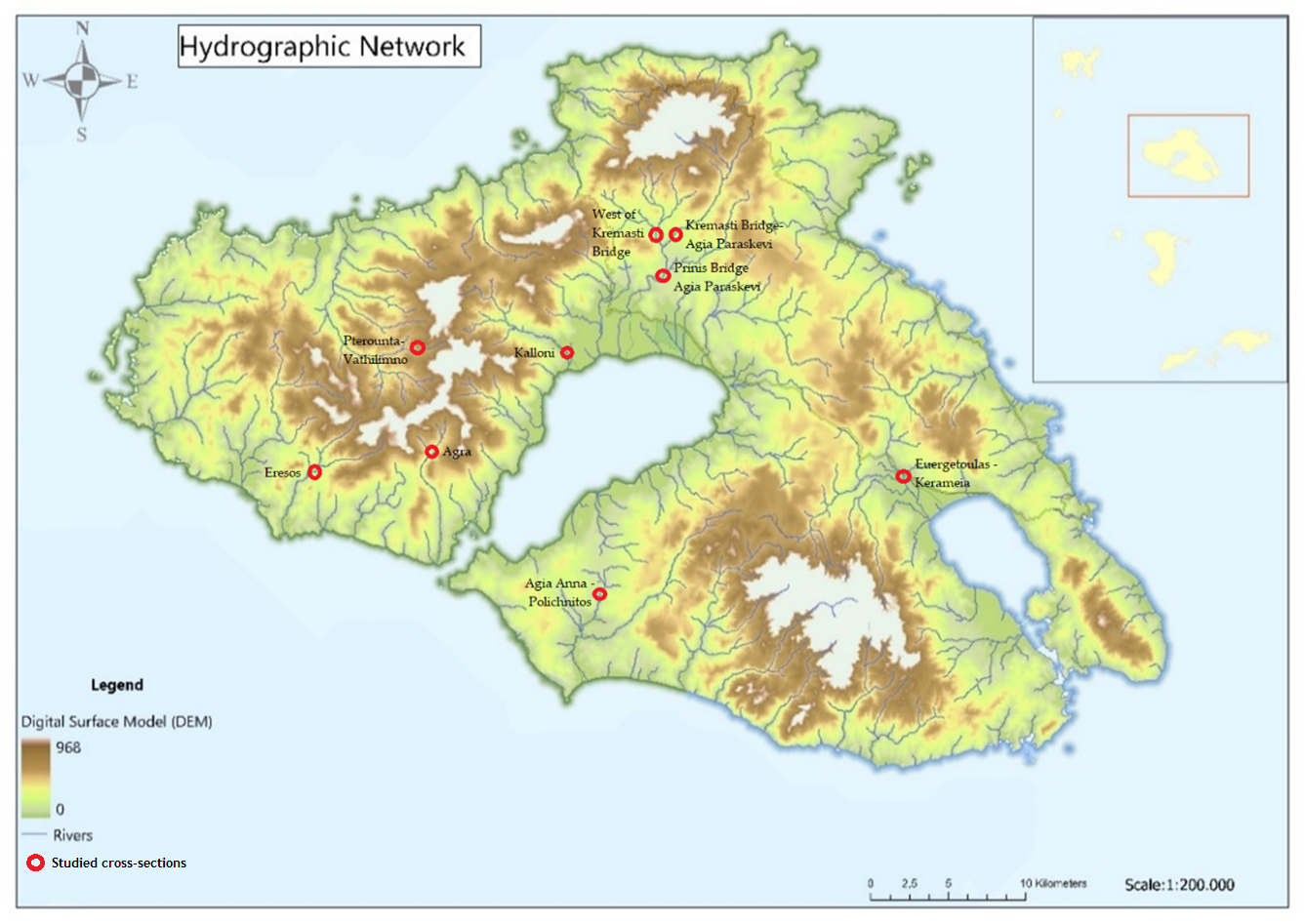
Open Access
Review
14 November 2023Microgrids Overview and Performance Evaluation on Low-voltage Distribution Network
Besides the increase in global energy demand, access to clean energy, reduction in greenhouse gas emissions caused by conventional power generation techniques, energy security, and availability of electricity in remote villages in emerging nations are some of the factors that foster the use of renewable energy sources (RESs) in generating electricity. One of the aims of initiating microgrids (MGs) is to maximize the benefits of RES while alleviating grid-connect issues. Microgrids are interconnected RESs and electrical loads within clearly delineated electrical limits that operate as individual controllable units on the electrical network. It can operate independently and be grid-connected. The paper presents a review and performance assessment of renewable energy-based microgrids under various operating scenarios in stand-alone, grid-connected, and transitioning modes of operation. Fault occurrences, an increase in micro-source generation, a load increase, and the sudden disconnection of a micro-source are some of the simulated scenarios. Microgrid network components’ performance, such as the bidirectional DC-DC converter and energy storage system (ESS), was evaluated. The simulated microgrid architecture includes a small hydroelectric plant, wind farm, and ESS. The work provides valuable information to energy stakeholders on the performance of microgrids in low-voltage distribution networks. The microgrid is coupled to a low-voltage distribution network (0.415 kV) via a PCC. The system under investigation is modeled and simulated using MATLAB/Simulink. From the simulation analysis, the fault effect was felt on the utility and did not escalate to the microgrid side during stand-alone operation. Power quality issues, such as voltage rise, are some of the challenges identified during the transition from one mode of operation to another. However, the energy storage system responds to disturbances and maintains system stability. The originality of this paper is based on evaluating different modes of operation of microgrids and comparing system performances under various operating conditions.
